"DIRTY DANCING", THE STORY OF THE FORBIDDEN SUMMER
- angelogeorge988
- Jul 20
- 4 min read
Dirty Dancing is an authentic classic, a film you return to like an old wine—full of memories, sipped on a winter night in front of the fireplace. More than just a love story, it’s a confession about liberation, courage, and the beauty of first love—told through dance steps and musical notes.
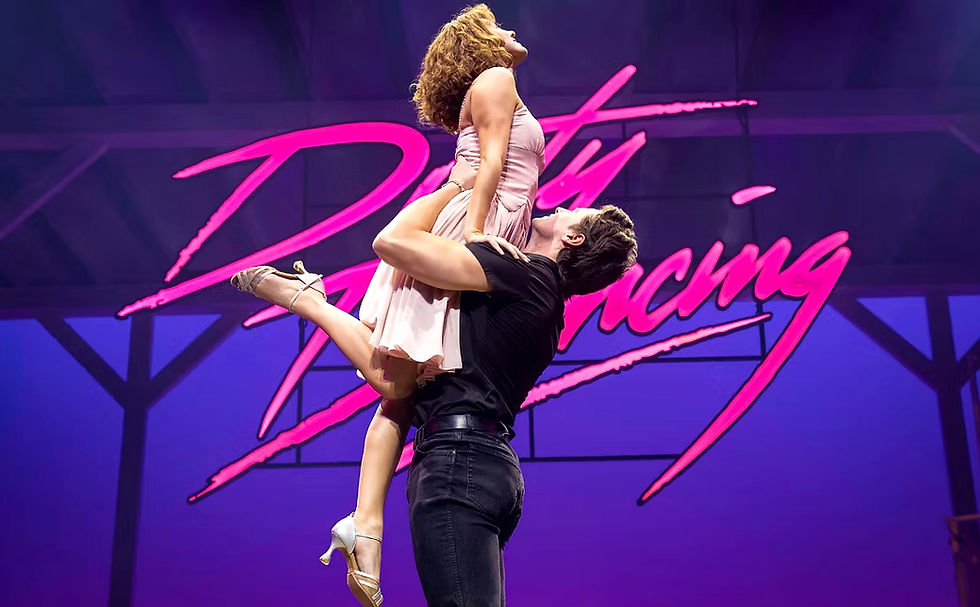
Every scene pulses with emotion, and the bond between Baby and Johnny is deeply symbolic: a meeting between different worlds and two souls learning to express themselves freely and authentically. Built on rhythm and movement, Dirty Dancing is one of the few films you can feel even with your eyes closed. Its soundtrack became iconic, with “(I’ve Had) The Time of My Life” remaining an emblematic song.

I first discovered the film a year after its release, in 1988, on VHS—a version that became part of the emotional heritage of many Romanians, dubbed by Irina Margareta Nistor. Her voice, so emblematic in an era of censorship, brought stories into our homes that became a form of cultural resistance and an escape into forbidden worlds.

The film follows the journey of Baby and Johnny, portrayed with intensity by Jennifer Grey and Patrick Swayze. Although their on-screen chemistry is flawless, behind the scenes their relationship was strained, marked by clashing temperaments. Paradoxically, it was precisely these tensions that created a rare authenticity—a friction that can’t be acted, only lived—and that helped elevate the film into a timeless classic.
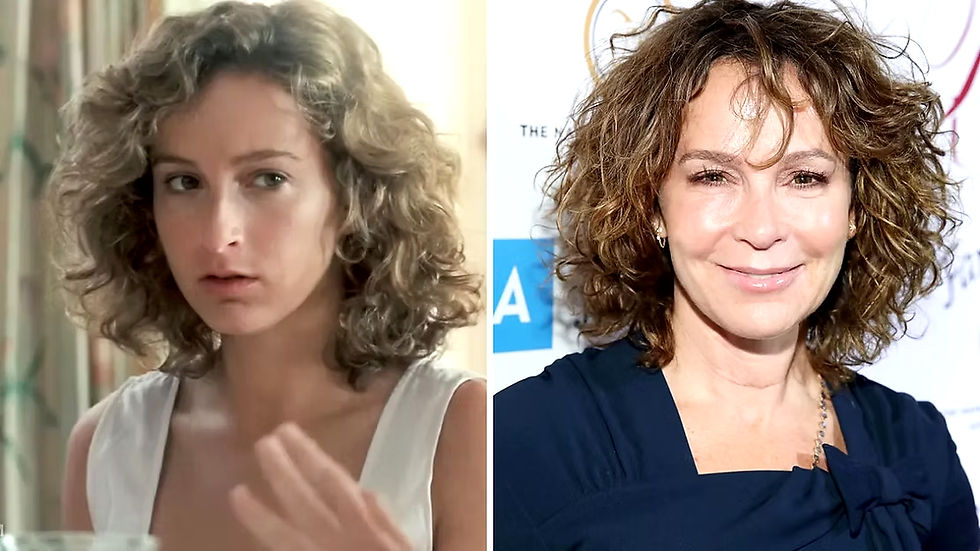
The story unfolds in the summer of 1963, when Frances “Baby” Houseman is vacationing with her family at Kellerman’s, an upscale resort in the Catskill Mountains, frequented by America’s elite. While exploring, Baby stumbles upon a parallel world: the privileged waiters are Ivy League students encouraged to flirt with the guests’ daughters, while the entertainment staff—including dance instructor Johnny Castle—are marginalized. Drawn by the energy of the dancing and Johnny’s charisma, Baby sneaks into a secret staff party and dances with him.

Things take a dramatic turn when Penny, Johnny’s dance partner, becomes pregnant by Robbie, an unscrupulous waiter. Rejected by him, Penny resorts to a dangerous illegal abortion. Unbeknownst to her father, Baby offers Penny the money. To save an upcoming performance, she agrees to dance with Johnny. During rehearsals, the two grow increasingly close, and their relationship deepens—though at first, they fail to nail the iconic lift.

After the abortion goes wrong, Baby desperately calls on her father, who helps Penny but wrongly assumes Johnny is the father. He forbids Baby from seeing him. Nonetheless, their love grows in defiance of class boundaries and parental disapproval.

When Johnny rebuffs the advances of a wealthy, dissatisfied guest, she falsely accuses him of theft. Baby defends him with an alibi, but Johnny is still fired—not for the alleged theft, but for having a relationship with a guest. At the season’s closing party, Johnny returns and takes the stage to invite Baby to dance. He declares before everyone that she has changed him. Their final dance, ending in the now-famous lift, becomes the story’s emotional climax. Dr. Houseman admits his mistake and asks for forgiveness, and the entire resort joins in dancing to the closing number.
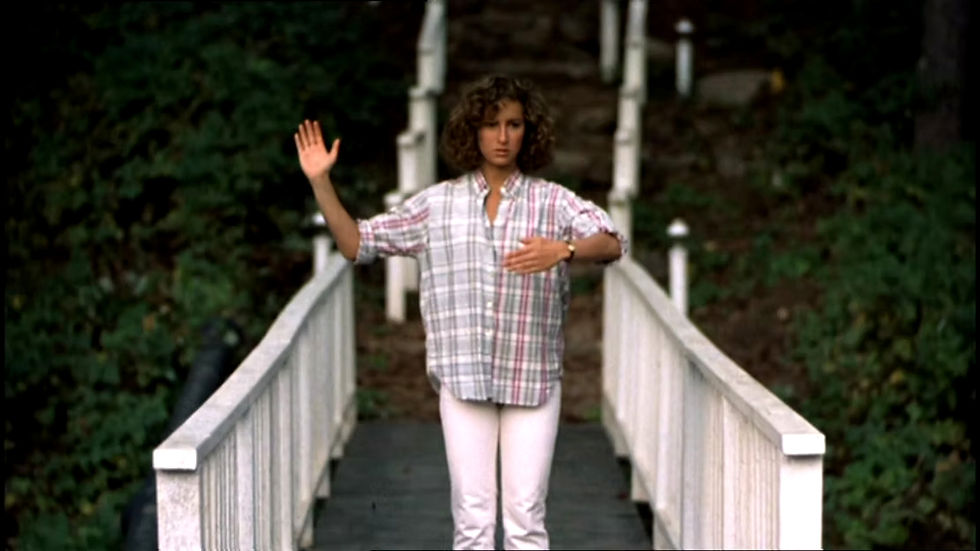
Released in 1987, the film had its premiere at the Cannes Film Festival—an unexpected debut for a low-budget production that went on to earn back its costs more than fiftyfold. The screenplay, written by Eleanor Bergstein, was inspired by her own childhood spent in the Catskills, lending the story authenticity and emotional depth.

Dirty Dancing received numerous accolades, including the Academy Award and Golden Globe for Best Original Song, and an Emmy Award for Best Pop Performance. In 2024, it was added to the United States National Film Registry by the Library of Congress for being “culturally, historically, or aesthetically significant.” This recognition confirmed the film’s special place in popular culture. It is not just a love story with good music, but a creation that has become part of our collective memory, shaping generations and lifestyles.

After its release, Dirty Dancing became the most rented film of 1988 and the first to sell over a million VHS copies. Its 1997 re-release reignited its popularity, and Patrick Swayze received a star on the Hollywood Walk of Fame. Sales remained steady, with tens of thousands of copies sold monthly.
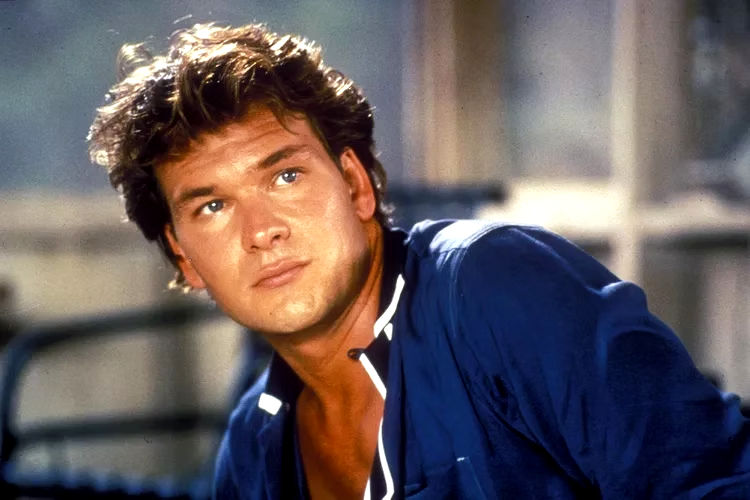
A British poll in 2007 ranked it as the most-watched film among women, ahead of classics like Star Wars, Grease, and Pretty Woman. Not coincidentally, it was dubbed “the Star Wars of girls,” illustrating its emotional and symbolic power.
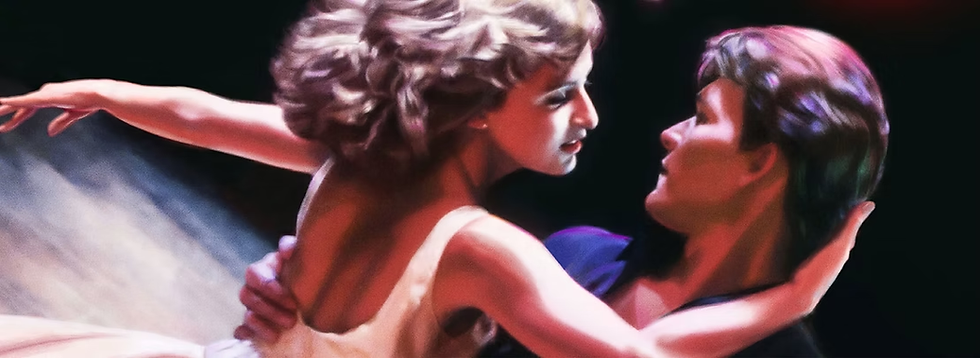
In a world where few films stand the test of time, Dirty Dancing not only endures—it continues to inspire. It is a story that dances without aging. Its ending doesn’t belong only to the final dance step. Dirty Dancing remains suspended in the air, like a perfect lift between two souls who have learned to defy gravity. It is a film that isn’t just watched, but felt—like a summer that never ends. And perhaps its true magic lies in this paradox: that no matter how many times you see it, it always feels like the first dance.




Comments